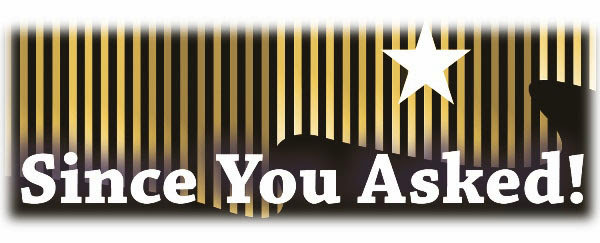“Can I come in here?”
This is a question I got at the Historical Collections reference desk the other day, and unfortunately it’s not the first time. The answer is yes, please do! All we ask is that you leave your food and beverages at the door, stow your pens, and no you won’t be able to check out material to take home.
Perhaps the numerous rules are part of the reason patrons worry about stepping foot in a special collections library. Let me first explain some of the guidelines of the Research Center. A better understanding may make the library less daunting. Then I’ll tell you how you can start your research at home so you’ll be prepared when you walk in the door the first time.
The first thing you’ll notice when arriving at the Research Center is the lack of bookshelves and readily available research material. This is because our overall aim is to save the material you’d like to see for generations to come. In order to do this, we keep everything not currently being used stored in a cold, temperature-controlled environment. This slows the process of inevitable decomposition. Secondly, we ask you the patron to aid in these efforts by abiding by the strangely strict Research Center Guidelines. While you may believe yourself to be a careful person, accidents do happen and we’d rather prevent the possibility of food and drink spilling on irreplaceable material. And as for the no pens, ink can transfer or pens can slip. Believe me, I’ve done it- and I’m a librarian. And the last thing we ask, to prevent the accidental shuffle of rare material into your papers, is that bags and packs are put in the provided cabinets in the library.
 |
| Using Folder Out markers help keep collections in order and pencils prevent accidental ink transfer. |
So what do you allow in the library then?
We definitely want you to be able to take notes and record your findings since you can’t take material home. You can take notes with a pencil and paper. You can take photographs with a camera or phone. Just leave the flash off- light can fade paper and photographs real quick. We even provide scanners in the Research Center so if you have a flash drive with you it’s no extra charge to make digital images for later reference.
Ok, but you said I could start research at home?
While we love when you come visit us in person, we also like to find ways to decrease the physical use of original material if we can. The less handling, the longer it will last. This has led us to make digital copies of some of the material held at the library and some of these surrogates are available online.
 |
| For historic photos, documents, and maps, Alaska's Digital Archives (aka ViLDA) is a great place to start. |
Photographs, documents, and maps that have been digitized are available on the Alaska Digital Archives (http://vilda.alaska.edu/). As a bonus, there are several repositories around the state that add material to the Digital Archives so you won’t be limited to just the State Library & Archives collections.
Chronicling America: Pre-1923 Newspapers
If you’re looking for information that might be in a pre-1923 newspaper, the National Digital Newspaper Program is making word-searchable newspapers available through the Library of Congress on a site called Chronicling America (https://chroniclingamerica.loc.gov/). To read more about the Alaska Digital Newspaper Program check out the website (https://library.alaska.gov/hist/newspaper/digital_home.html). For later papers you’ll still have to visit the library’s microfilm collection.
 |
| The Alaska State Library shares a catalog with other libraries from around the state. |
The Alaska State Library Catalog: Books & Special Collections
If you don’t find what you’re looking for on the Alaska Digital Archives or Chronicling America, I suggest you next check the Alaska State Library Catalog (https://jlc-web.uaa.alaska.edu/client/en_US/asl/). This catalog is also made up of records from several libraries around the state so if your local library doesn’t have a book you’d like, you may be able to Inter-Library-Loan it from another library. The Historical Collections’ photograph and manuscript collections can also be searched through the catalog, however, because you can’t check them out, what you’ll find in the record is slightly different than that of a book. At the bottom of the record you’ll find a link that says “Finding Aid”. Open this and you’ll find an inventory list of what’s in the collection and a little more history about the material. These documents are also word searchable, so you may even be able to narrow down what you’re looking for to a specific box, folder, or item. Once you’ve determined there is something you’d like to see in the collection, either visit us in person so we can pull the material from storage for you, or contact us and find out if there’s another way for you to view the material.
These should be enough resources to get you started. If you’re looking for more, there are several good posts in the archives of this blog, or available on our websites (which can be found on the sidebar).
I hope I’ve dispelled some of the mysteries of the Research Center, and can’t wait for you to visit!



